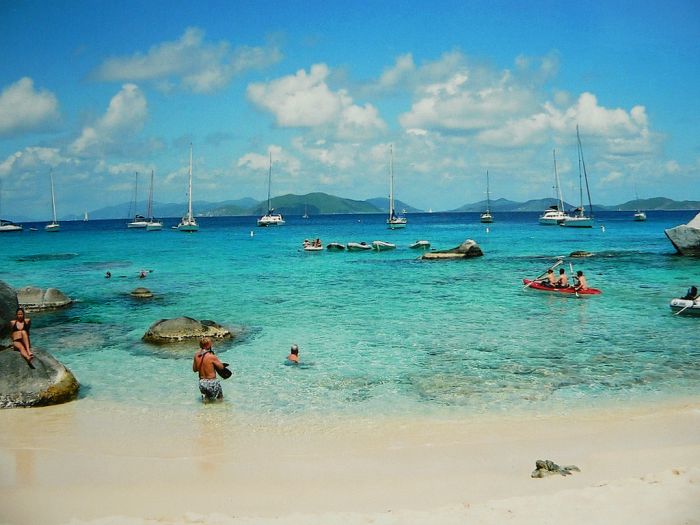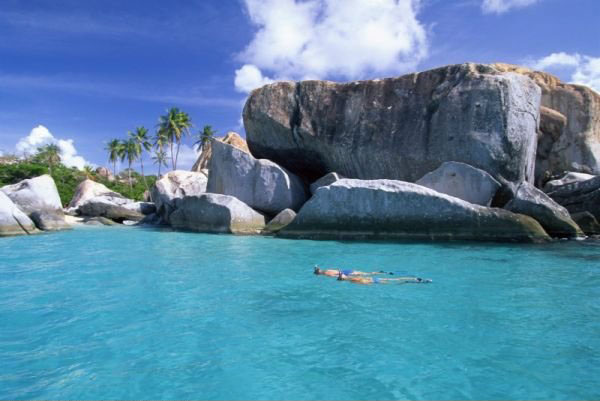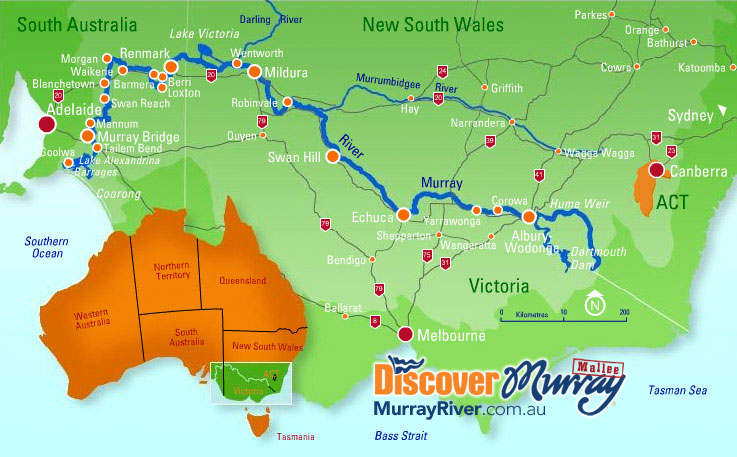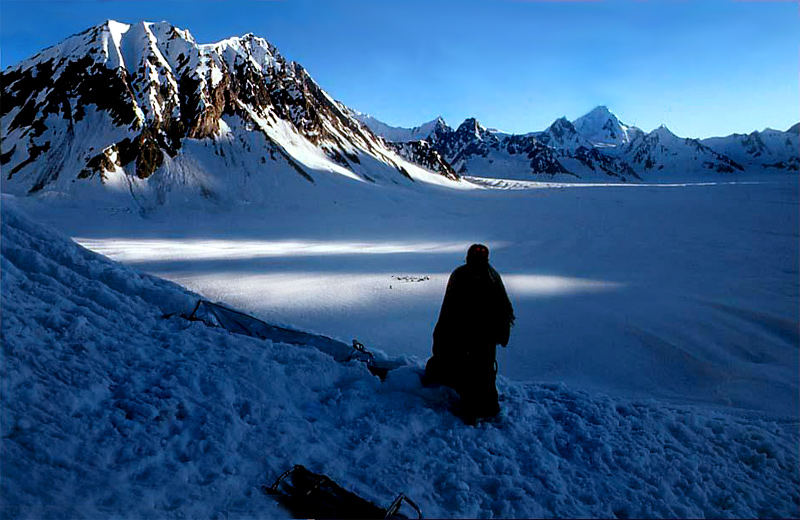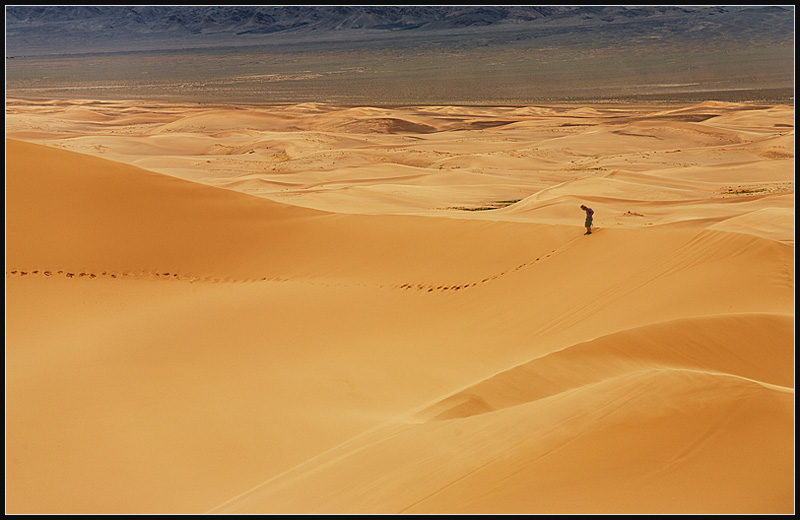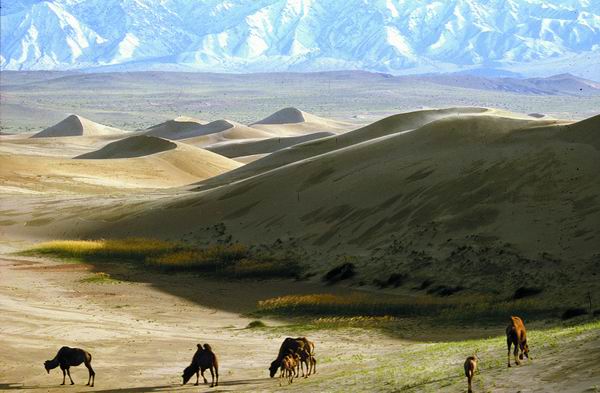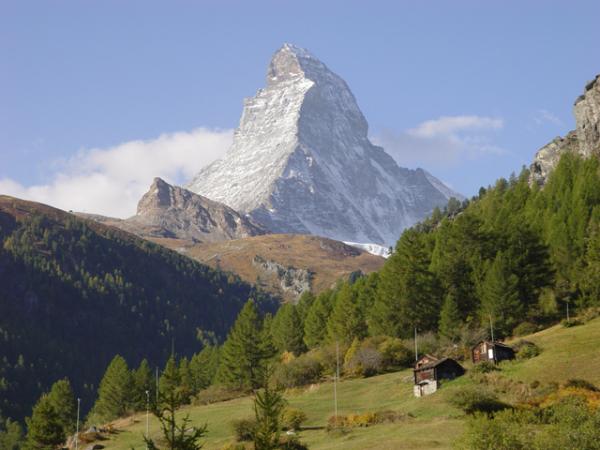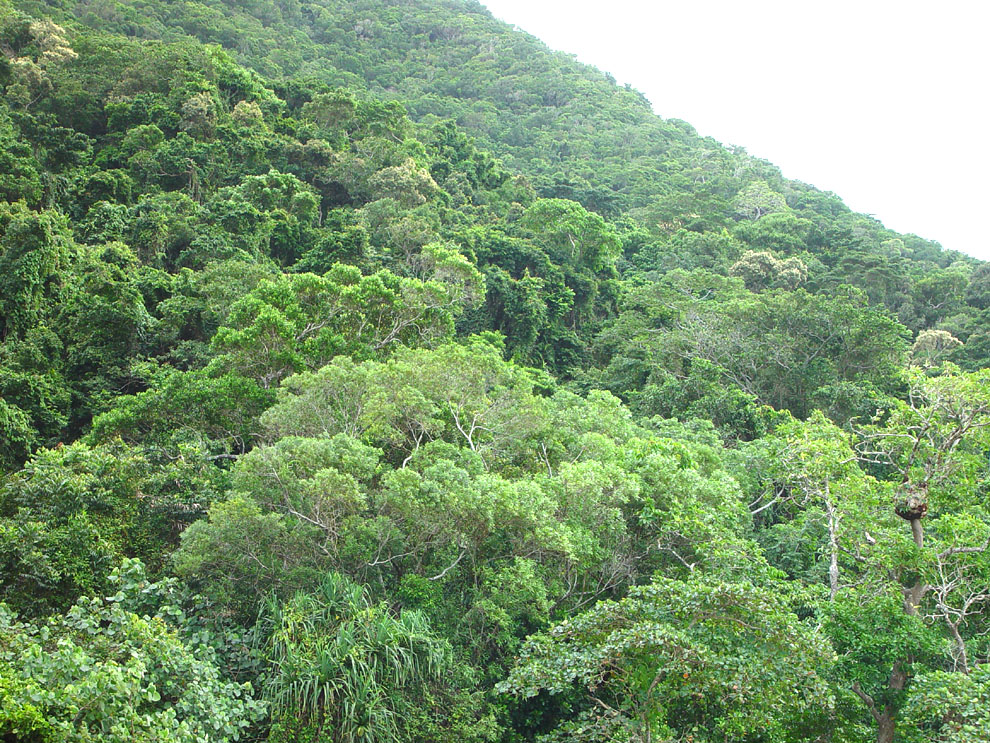The Mississippi River is the largest river system in North America. It Flows entirely in the United States. This river rises in western Minnesota and meanders slowly southwards for 4,070 km to the Mississippi River Delta at the Gulf of Mexico. The Mississippi ranks fourth longest and tenth largest among the world's rivers.
Images of Mississippi River












